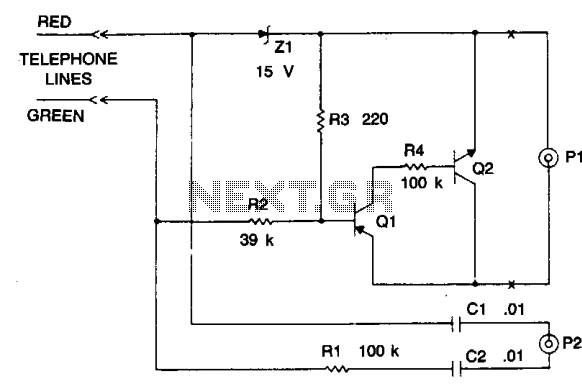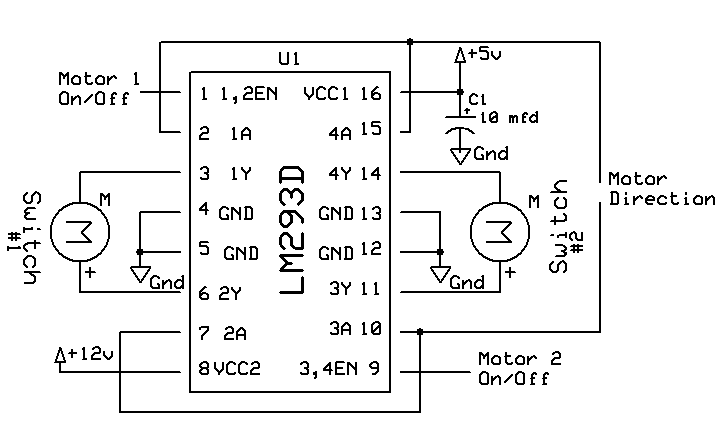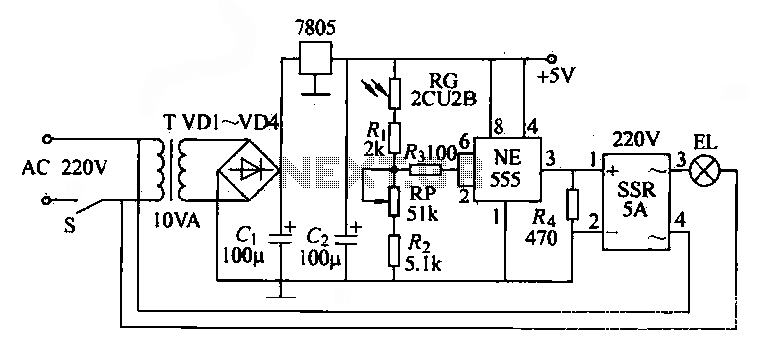
Automatic tape recording

Amateurs do not have to miss the action while away from the rig. This circuit activates a tape recorder whenever the receiver's squelch is broken. After signal loss, the recorder will turn off following a slight delay.
The described circuit serves as an automatic tape recorder activation system designed for amateur radio operators. It utilizes the principle of squelch detection, which is a common feature in radio receivers that suppresses background noise when no signal is present. When the receiver detects a signal strong enough to break the squelch, it sends a control signal to the tape recorder, activating it to begin recording.
The circuit typically includes a comparator or a transistor switch that monitors the output of the receiver. When the audio signal exceeds a predetermined threshold, the comparator triggers the tape recorder. This activation mechanism ensures that only relevant audio is captured, reducing unnecessary recording of silence or noise.
To manage the shutdown of the recorder, a timing circuit is integrated, which often consists of a resistor-capacitor (RC) network. This network introduces a slight delay before the recorder turns off after the signal is lost. The delay allows the operator to capture any trailing audio that may occur after the initial signal has ceased, ensuring that important communications are not missed.
Overall, this circuit enhances the functionality of amateur radio setups, allowing operators to engage in activities away from their rigs without losing important transmissions. The design can be further optimized through the selection of components to tailor the sensitivity of the squelch detection and the duration of the delay, depending on the specific requirements of the user.Amateurs don"t have to miss the action while away from the rig. This circuit turns on a tape recorder whenever the receiver"s squelch is broken After signal loss, the recorder will shut off following a slight delay,.
The described circuit serves as an automatic tape recorder activation system designed for amateur radio operators. It utilizes the principle of squelch detection, which is a common feature in radio receivers that suppresses background noise when no signal is present. When the receiver detects a signal strong enough to break the squelch, it sends a control signal to the tape recorder, activating it to begin recording.
The circuit typically includes a comparator or a transistor switch that monitors the output of the receiver. When the audio signal exceeds a predetermined threshold, the comparator triggers the tape recorder. This activation mechanism ensures that only relevant audio is captured, reducing unnecessary recording of silence or noise.
To manage the shutdown of the recorder, a timing circuit is integrated, which often consists of a resistor-capacitor (RC) network. This network introduces a slight delay before the recorder turns off after the signal is lost. The delay allows the operator to capture any trailing audio that may occur after the initial signal has ceased, ensuring that important communications are not missed.
Overall, this circuit enhances the functionality of amateur radio setups, allowing operators to engage in activities away from their rigs without losing important transmissions. The design can be further optimized through the selection of components to tailor the sensitivity of the squelch detection and the duration of the delay, depending on the specific requirements of the user.Amateurs don"t have to miss the action while away from the rig. This circuit turns on a tape recorder whenever the receiver"s squelch is broken After signal loss, the recorder will shut off following a slight delay,.





